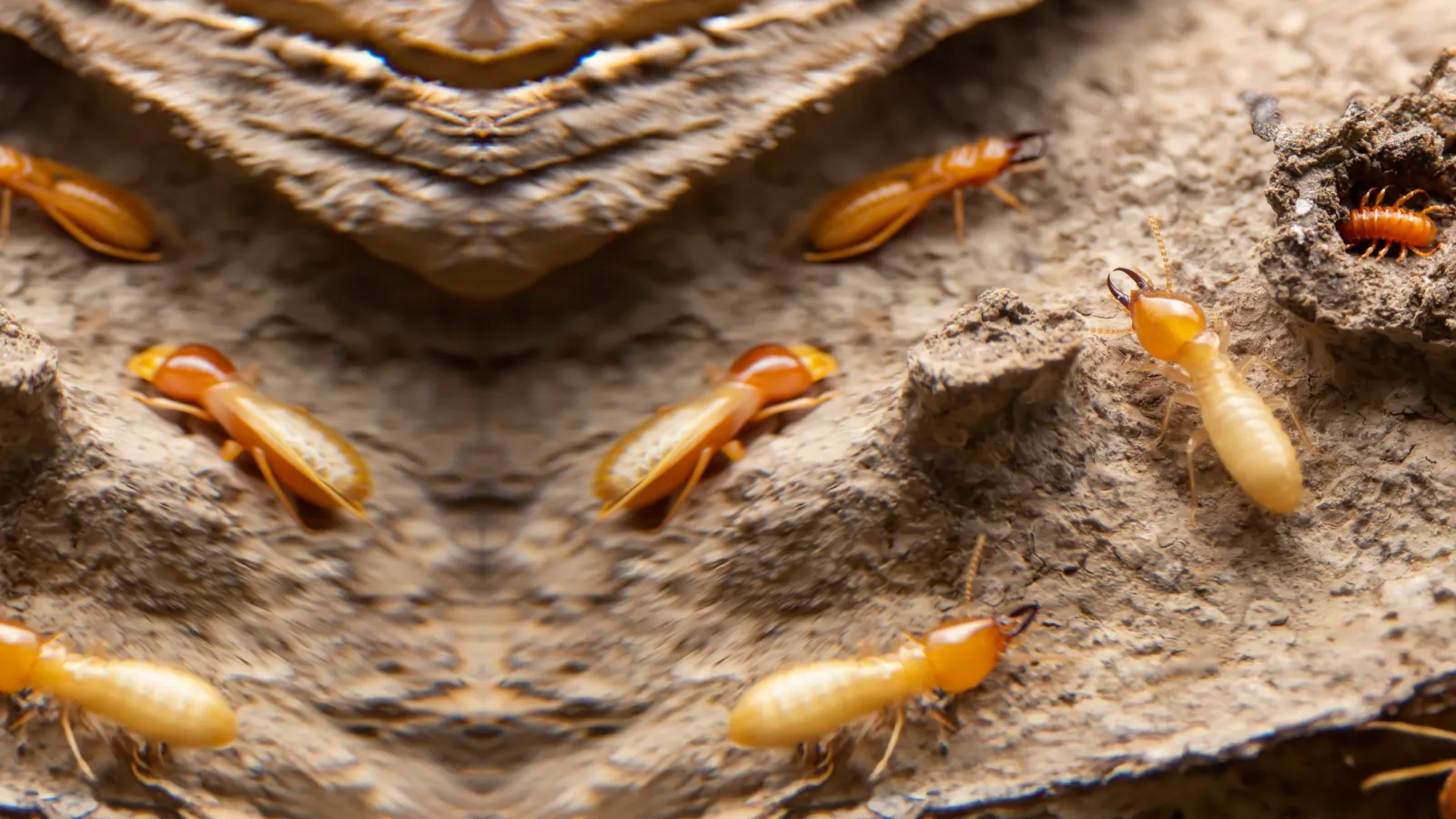
Formosan Termites
Latin Name: Coptotermes formosanus
Formosan termites, scientifically known as Coptotermes formosanus, are a particularly destructive species of subterranean termite. They are native to East Asia but have spread to other parts of the world, including the United States, where they are considered invasive pests. Here are some key points about Formosan termites:
Colony: Formosans live in large colonies that can contain millions of termites. These colonies can be found underground, within structures, or in aerial nests.
Destructive Behavior: Formosan termites are known for their aggressive and destructive feeding habits. They consume wood and cellulose materials found in structures, including buildings, trees, utility poles, and wooden furniture. Their rapid feeding can cause significant damage in a short amount of time.
Moisture Dependence: Like other subterranean termites, Formosan termites require moisture to survive. They often build mud tubes to travel above ground and maintain contact with moisture sources.
Swarming Behavior: Formosan termites reproduce through swarms, typically during warm and humid evenings in the spring. Swarms consist of winged reproductive termites, which mate and establish new colonies.
Geographical Preference: Formosan termites are primarily found in warm and humid climates, including the southeastern United States, Hawaii, and parts of California. They thrive in coastal regions but can also be found inland.
Control and Prevention: Controlling Formosan termite infestations can be challenging due to their aggressive nature and large colony sizes. Prevention measures such as reducing moisture levels around structures, eliminating wood-to-soil contact, and regular inspections can help reduce the risk of infestation.
Overall, Formosan termites pose a significant threat to structures and wooden materials, requiring proactive management and control efforts to minimize damage and protect properties.
Similar Pests: Drywood Termites, Eastern Subterranean Termite